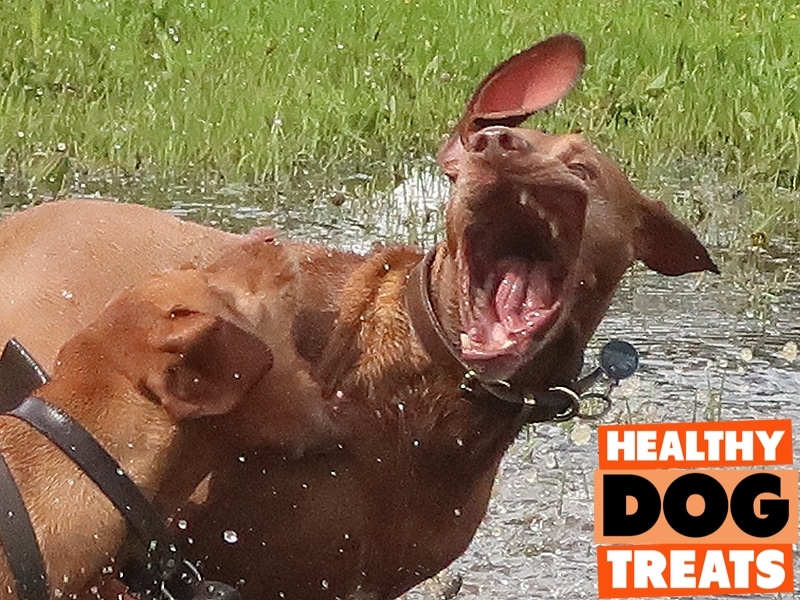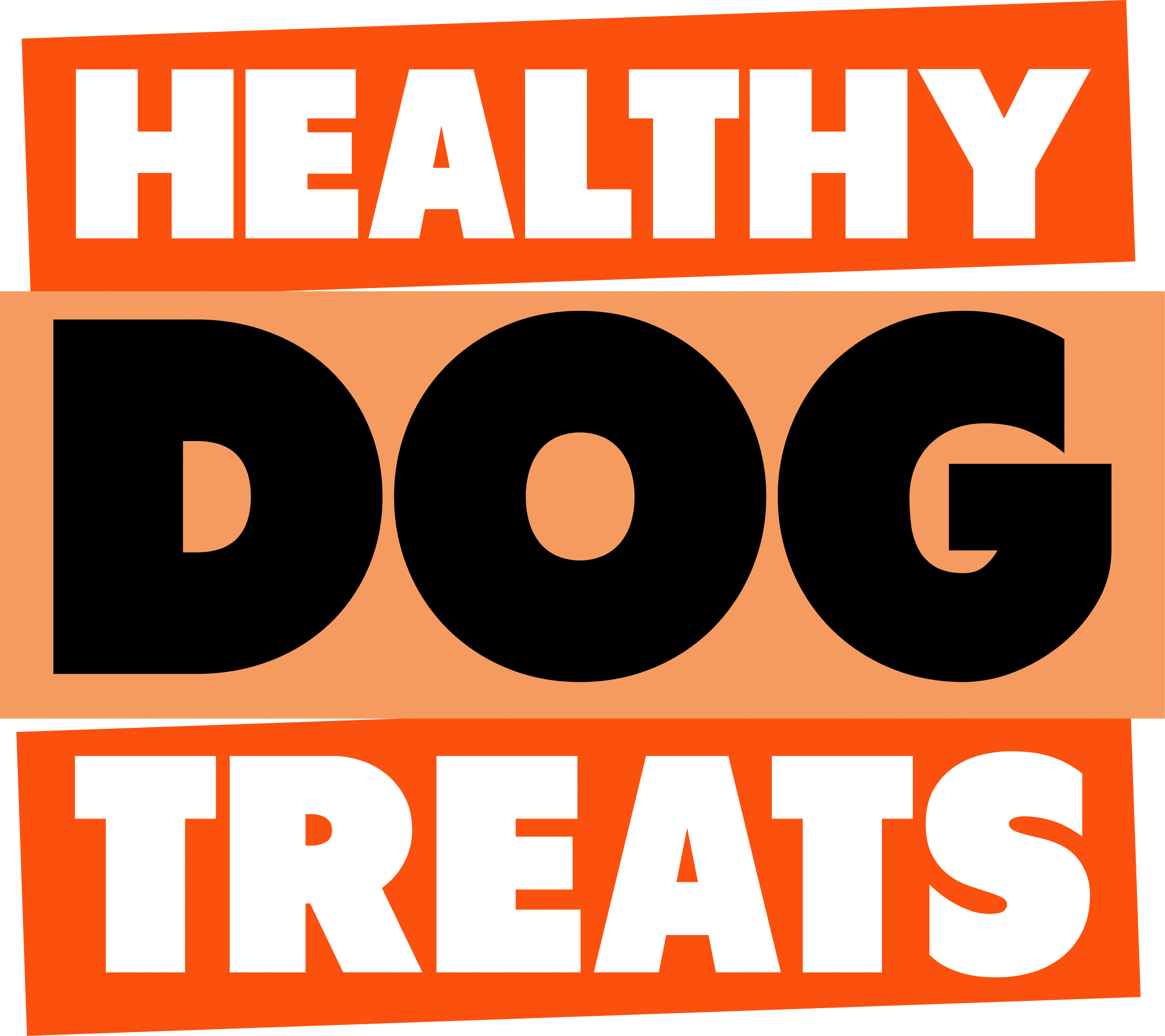Why Gastrophysics (food enjoyment) is important to your dog’s enjoyment and health.

It didn’t seem that long ago that gastrophysics was only a secret buzz word in the human dining experience.
Dog food manufacturers have latched onto it because for them it might mean more sales – addicting a dog to their product, for longer. It does however not necessarily mean anything to do with your dog’s health or nutrition needs.
What if I told you that there are some recent findings that scientists have made around the difference in how humans and dogs assess the value of food or its overall attractiveness?
What if I told you that some are also trying to use this to cure dog obesity – while clever owners of dogs who are not eating well, or need to retrain themselves to transition from just kibble to novel meats or offal can also use some of these techniques to their advantage.
In fact, on first read of some of these discoveries I could have mistaken for following Alice down the rabbit hole, or Neo from the Matrix into the real world. YES, some of these results are just that incredible.
But before we take that dive, lets review how the dog’s senses differ from their owners.
DOG Senses and how they relate to food
Sight
Humans have a much broader range of colours than dogs, but owner cant see in the dark as well as dogs. It is the difference in cones and rods in the eyes that make this evolutionary quirk.
Because dogs only see from blue to the middle of the colour spectrum of visible light, they miss out on half the spectrum so magentas and reds look similar to the yellow at the centre of the spectrum. The ability to differentiate all the colours, is borne out in the fact that most dogs are not as interested in the Appearance of food as things that satisfy the other senses.
“it has been estimated that dogs are four to eight times worse than humans in terms of their visual acuity (i.e., when it comes to perceiving the details of an object.” ref 2
Dog sense of smell and food desire
It is suggested that human ancestors learning to walk upright resulted in a shortened distance between the back of the nose and mouth. They still needed the sense of smell for tracking animals and staying safe from predators. Walking tall resulted in a reduction in olfactory abilities (smell resolution) and an increase in visual acuity.
It is speculated that this might also have evolved the development of the “retronasal sense of smell. Retronasal olfaction occurs when volatile aromas are pushed out of the nose from the back of the oral cavity when people chew and swallow,” ref 2
Why is that important to you and your dog?
“This increase in retronasal olfactory contributions [in humans] to flavour perception really matters, given that it has been estimated that something like 75–95% of what we think we taste … may actually be information detected via the retronasal sense of smell instead.” ref 2
YET, dogs still walk on four legs, and it is believed that their “retronasal olfaction” is much lower power, relying for smell much more on their nose sensors.
It has been well documented that “the ability of dogs to smell (primarily orthonasally – i.e., from the outside in when sniffing) is said to be as much as one million times better than that of humans.” Ref 1
Yet this incredible sense, the dogs most powerful, has its limitations in certain situations. “untrained dogs are unable to discriminate between more versus less food solely on the basis of olfactory cues” ref 2
YET dogs are able to “analyse the components in odour mixtures in a way that humans simply cannot do”. We might smell one or two notes or ingredients, but a dog is likely to perceive every individual ingredient.
Recent dog research suggest ” olfactory cues are not primary (to their valuing of food) for domestic dogs”
So what does this mixed bag of results of a dogs sense of smell tell us. Well the sense of amazing smell is usually considered in conjunction with their sense of dog taste. AND almost more importantly – what the overall specific feeding trials show us is the end result.
DOGS SENSE OF TASTE
With such a powerful sense of smell (but most of the processing done in the nose, not further up the chamber like in humans), you might think that smell is the only a relatively small contributing factor to how dogs TASTE / appreciate, food.
Dogs have a greatly reduced number of taste buds compared to humans, only 1700 versus our 7000. But the type and power of the specific buds also vary greatly.
Dogs the following taste buds: sweet, sour, salty, bitter and Unami and WATER.
This means dogs can detect molecules of food that represent each one of these tastes.
Cats cannot detect sweet tastes (as pure carnivores don’t need carbs), and human cant detect WATER. While Dogs can actually taste and enjoy water.
A dogs taste buds for SALT are greatly diminished. It is thought that being mostly carnivore, that meat products have a higher level of natural salt in them so dogs didn’t need to be overly sensitive to detecting salt, but they did need to drink a lot of water following a big input of salt from prey. Hence the need to enjoy the taste of water they were consuming to make sure they drink enough.
DOGS also do NOT LIKE bitter tasting foods.
DOG FOOD TASTE RESULTS

It seems like this imbalance in the senses, and disconnection between smell and taste buds might be one of the main reasons why dogs like the foods that they do.
If you have read our blogs before, and reporting on science dog food trials, you will know we are a strong advocator in dogs getting more meat and offal in their diet, up from the 30 -40% meat traditionally in commercial dog food. That this provides the bio available proteins their bodies crave.
But the food trials also bear this out in their LIKES.
“In terms of food odours, preferences amongst dogs tend towards the meaty end of the spectrum (Hall et al., 2017), with most dogs preferring beef and pork over chicken and lamb.
It has been suggested that “dogs may have specific gustatory receptors tuned to the taste of meats, fats, and other meat-related chemicals” ref 2
Owners who buy kibble with impressive vet appraisals will continue to do so. People who feed their dogs vegan meals, will continue to do so. This article is unlikely to change anyone’s core beliefs. But it is interesting to understand that natural dog preferences do exist.
If you raise a dog on vegetables only, that human bond, and the early curating of their taste, can sway a dog to appreciate those tastes for the whole of their lives. BARF feeders will also tell you that their dogs mostly like meat and animal products.
The point of statements like “most dogs preferring beef and pork over chicken and lamb” is from randomized trials of many dogs. But it is clear that the vast majority of dogs prefer meat over vegetables, and have a unique nose organ to appreciate it!
In the past, chicken and beef were the main things found in commercial dog food because manufacturers had easy access, they were cheap, and these meats boosted the minimum percentage of proteins to the aafco required 18%.
It doesn’t mean that different breeds, or individual dogs within a breed will all like the exact same meat preferences. And in fact the additives to a kibble recipe, including the plant matter, can deeply change the smell and taste of the kibble, so that a dog who has only eaten kibble might struggle to even recognized a 100% meat product that it might have eaten a small proportion in its main meals its entire life.
For instance “anosmic dogs (sans a functioning sense of smell) “exhibit a significantly reduced ability to discriminate between different types of meat”. Ref 2
OTHER DOG FOOD PREFERENCES
1 “Dogs tend to seek out, and to prefer, the taste of those foods that contain meat, or at least flavours that have been extracted from meat. However, by themselves, the presence of meaty odours, will not help sustain a dog’s interest in an otherwise bland diet” ref 2
This might sound like I wrote it, but the authors papers goal was to provide insights into how to reduce dogs appetites and prevent obesity. If your dog is not obese, they you can see how MEAT (rather than faking meat flavours) – is both a healthy choice, that MOST dogs actually crave.
2 “dogs prefer warm, moist foods over foods that are cold and dry, perhaps once again reflecting the evolutionary gorging on fresh kill by wolves, the ancestors of dogs.” This is why many owners understand their dogs enjoying canned wet commercial dog food over kibble. But canned meat doesn’t necessarily contain any more meat than kibble. The pinky red solid stuff in the can is often TVP product, created to fool owners, and dogs.
“dogs appreciate food more when it has a lighter/brighter appearance.” Ref 2 Beck (2021). However since smell and taste are overwhelming more important than vision for most dogs acceptable of food … this is a nuance, rather than a hard and fast must have for dog food.
I humans “People’s ability to taste is influenced by the level of background noise. Loud noise suppresses the ability to taste sweet and sour”. Yet in rats, background noise increases their desire for sweet food. There is not enough data on how dogs react yet.
the smell of vanilla has been shown to calm both dogs and humans at mealtimes.
SONIC effects on dogs
These effects and their use in food courts work for humans, and have yet to be fully tested on dogs.
“In humans, tinkling higher-pitched music tends to be associated with, and actually to enhance, the perceived sweetness of food and drink”
“very low-pitched music (i.e., music that is heavy on the bass), tends to bring out bitterness instead; this, remember, a taste that, unlike humans, dogs do not (learn to) like.” ref2
Humans eat and drink more when exposed to loud, fast music.
Unscrupulously some researchers have toyed with the idea of “sonic seasoning could work to enhance the meatiness of a meal for pets”. Ref 2 You might almost think it would be better to feed the dog meat because they mostly prefer it, and they need the protein from it?
“There is some suggestion that a varied diet is also beneficial, and possibly liked more by dogs, as they seek to meet their nutritional requirements. ensuring a varied diet early on is likely to help a pup respond positively to a varied diet later on in life.” Ref 2
This quote directly responds to many dog food manufacturers who tell you that its bad to change dog food, and that it must be done slowly over a week etc.
In contrast to much of that commercial conglomerate thinking, we consider dogs are best severed by more meat in their diet, and varied meat treats (different meat types and offal).
CONCLUSIONS
Dog health, and dog body shape, and dog happiness like with humans, is very intertwined.
The science of Gastrophysics (looks at how the taste, smell and enjoyment of food are influenced by the senses and environment). Could instrumentally improve your dogs enjoyment of food – without necessarily increasing its food intake.
There have been many findings reported in this article. And while the tussle between a dogs sense of smell and taste buds seems to be primarily to how they perceive what is in their bowl. There are several objective facts.
Dogs see half the colour spectrum of humans. This and less acuity means that vision tends to have the least influence on a dog food preference.
Dogs only have one sixth the number of taste buds humans (1700 versus 9000). And while they don’t sense salt strongly and they don’t like BITTER tasing things, their sense of umami and water all suggest a evolution from carnivores – and the continued benefit of a carnivore diet.
Dogs also have a strong preference towards meat and meat flavours, with a preference to beef and pork over chicken and lamb. .
Dogs prefer warm, moist foods over foods that are cold and dry. Hence preference for the often more expensive commercial canned dog food (high water content) over kibble.
A dog’s sense of smell (in its nose, NOT higher up – is up to a million times better than a human). This number is arrived at from a dogs many more smell sensors in their nose, and a much larger part of their brain dedicated to resolving smells. As well as another area in their nose Jacobsen’s organ (or the vomeronasal organ).
Dogs eating behavior can be changed by use of background sounds, and their appreciation of sweetness increased by tinkling music, subdued by the scent of vanilla, or consumption speeded up by music with fast beats.
Gastrophysics is a brand new discipline designed to sell more food to humans, but is also being experimented with understanding how dogs appreciate food.
We would hope that it is used for goodness, giving dogs more animal based food product choices – but we do no rely on the charity of conglomerates.
References
Ref 1 Report unearths surprising secrets behind how dogs explore the world of taste. Applied Animal Behaviour Science Volume 256, November 2022, by Neil Shaw
REF 2 Gastrophysics for pets: Tackling the growing problem of overweight/obese dogs. by Charles Spence. Applied Animal Behaviour Science. Volume 256, November 2022, 105765


